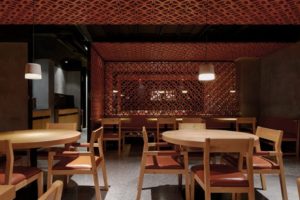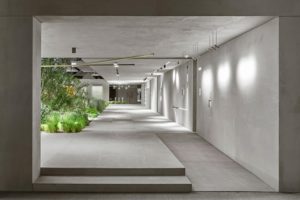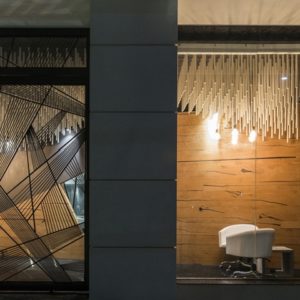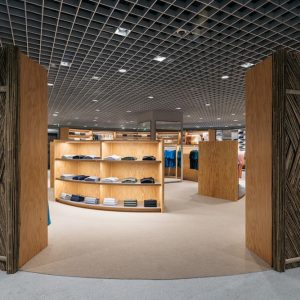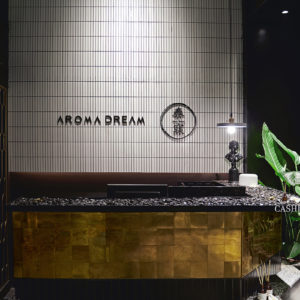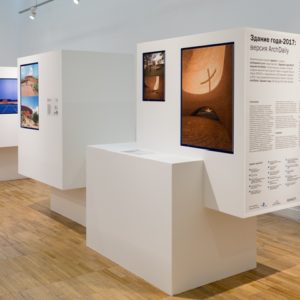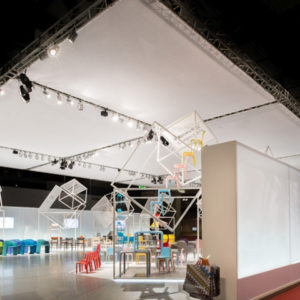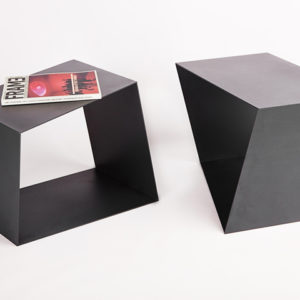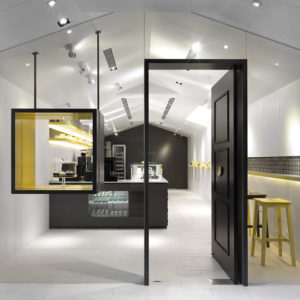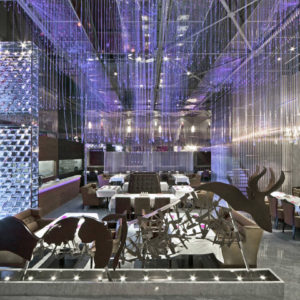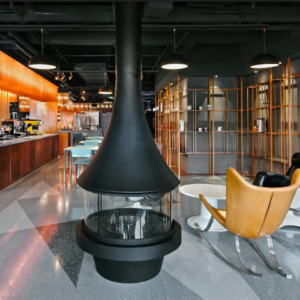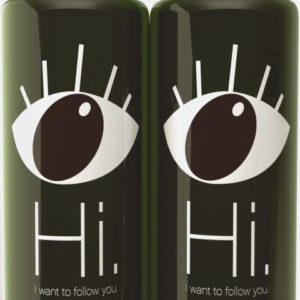
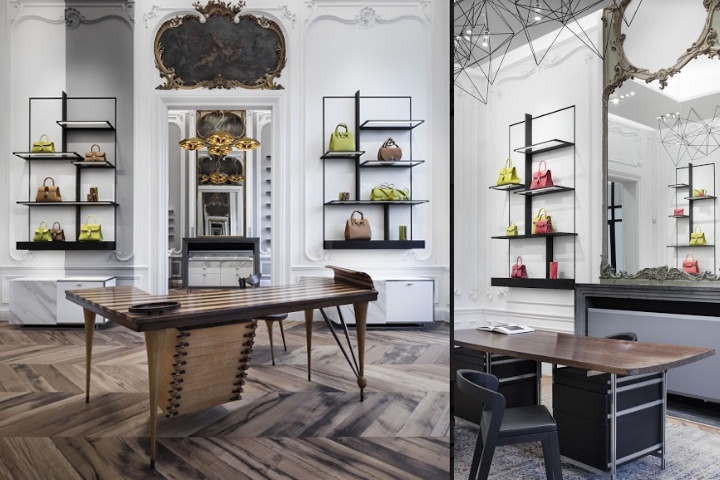

Delvaux, the oldest luxury leather goods house in the world, founded in Belgium in 1829, has inaugurated a new store in the heart of Brussels: “Le 27”. Housed in a majestic villa on Boulevard de Waterloo, a high-end luxury shopping area, “Le 27” is much more than a boutique: it is a unique environment, combining the savoir-faire of the Delvaux collections with the beauty of the greatest items of Belgian design, paintings and ceramics, giving life to an art gallery in continuous evolution.
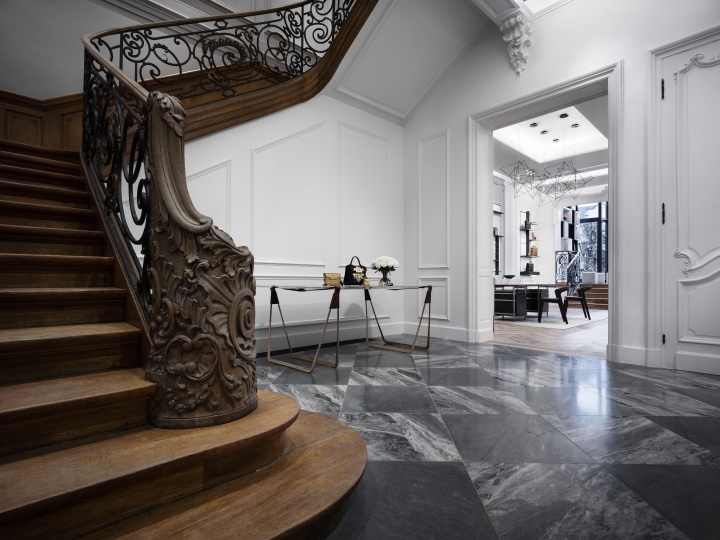
The project is signed by Italian studio Vudafieri-Saverino Partners, which since 2012 has been responsible for the design of Delvaux stores worldwide (more than 40 of them, including boutiques in Paris, London, Shanghai, Tokyo, Dubai …), creating boutiques that are always different from one other. A philosophy that now reaches its culmination with “Le 27”, whose design is based on a completely new, made-to-measureconcept: TizianoVudafieri and Claudio Saverino assign a key role to Belgian historical memory, while still supporting the desire to make way for contemporary trends. A place where Delvaux’s philosophy and heritage finds its ultimate expression.
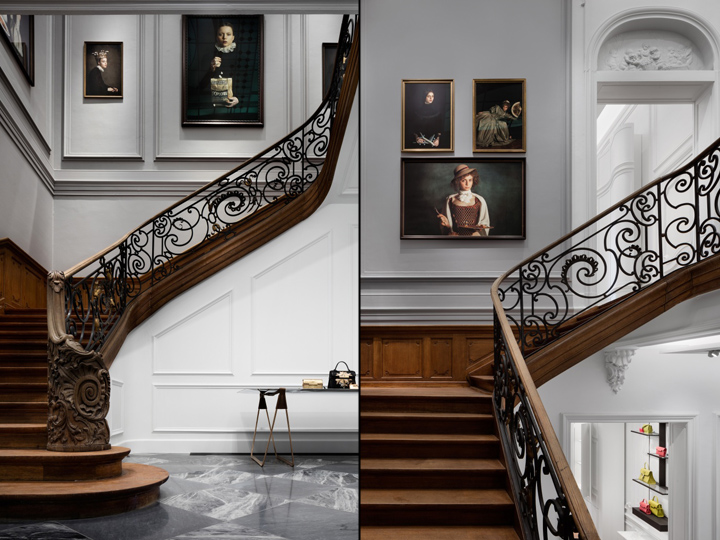
An entrance arcade welcomes visitors into what was once an imposing private villa. Set out on two floors, the store has retained its original structure, with the walls enriched with nineteenth-century mouldings, mirrors, medallions and frescoes that once decorated the reception rooms. Four-metre-high ceilings give a broader scope and brightness to an environment where materials such as marble, wood and wrought iron stand out. The grand staircase at the entrance leads to the spacious upper floor which is immersed in surreal light projected through the windows of the Art Deco skylight.
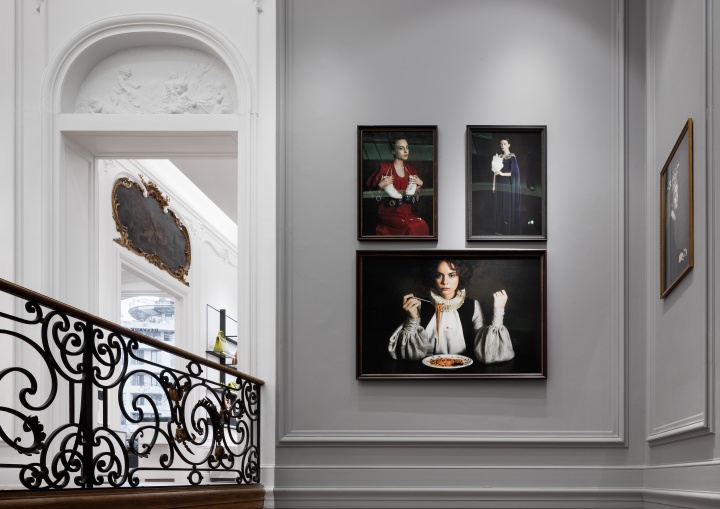
Vudafieri-Saverino Partners has preserved these historic spaces, reinterpreting the interiors in an avant-garde language, rich in learned and refined references. The rooms present as a contemporary interpretation and celebration of the early period of modern design that was so important in the Belgian culture of the twentieth century. Through a refined interaction of modular elements that combine geometric rigour and trompe-l’oeil supports, the display fittings organise, rationalise and embellish the presentation of bags and accessories. The wall displays are conceived as abstract paintings whose design is a clear tribute to Mondrian’sDe Stijl artistic movement. Their geometric and classical form is balanced by vertical light-grey coloured bands, which interrupt the symmetry.
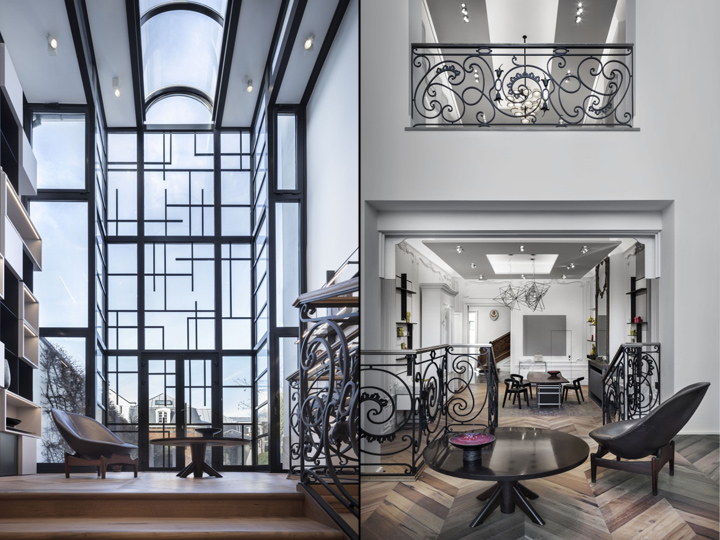
These in their turn combine with the pure, refined lines of shelves and consoles: designed as a combination of minimal asymmetrical shapes, they are enriched by the use of precious materials commonly used in furniture design during the art-deco period, such as marble or polished nickel. Both feature meticulously crafted details, a reminder of the masters of modern design, but also of Delvaux’s unique know-how and punctilious attention to detail.

The combination of the apparently “simple” material of the Mondrian-style wall displays, the richly baroque finish of the wardrobes and the off-centre strips, disrespectful of classic spaces, creates a balanced coexistence between classic and modern, order and disorder, rule and exception. A contrast that reflects the Delvaux attitude that presents rigorously classic forms, dialectically combined with extremely modern, chic, slightly playful additions.
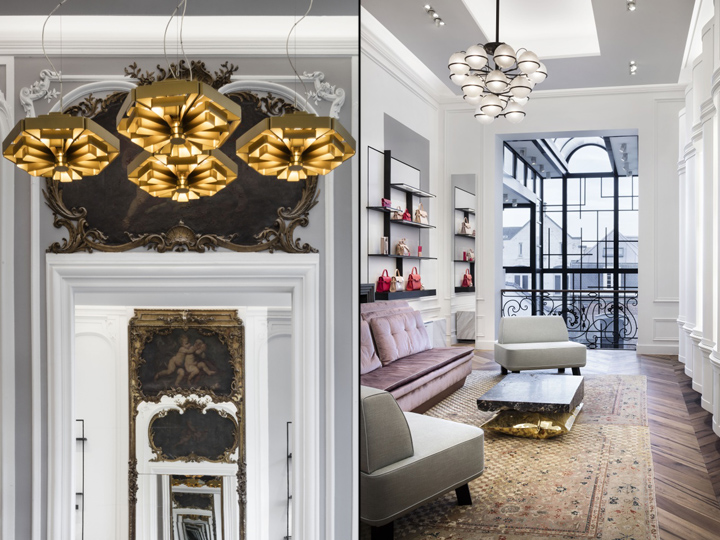
The furnishings are enriched by emblematic Belgian design pieces created by the greatest designers of the twentieth century: Jules Wabbes, Pieter de Bruyne, RenaatBraem, EmielVerannema. They are always works signed in limited editions, unique and rare, worthy of a museum collection. There is also room for pieces by contemporary Belgian designers (Nathalie Dewez, Alain Berteau and Ben Storms) and international designers, such as the Italian Gino Sarfatti: master of lighting design. The globular shapes recall those of the Atomium, Belgium’s iconic pavilion at the 1958 World Fair in Brussels.
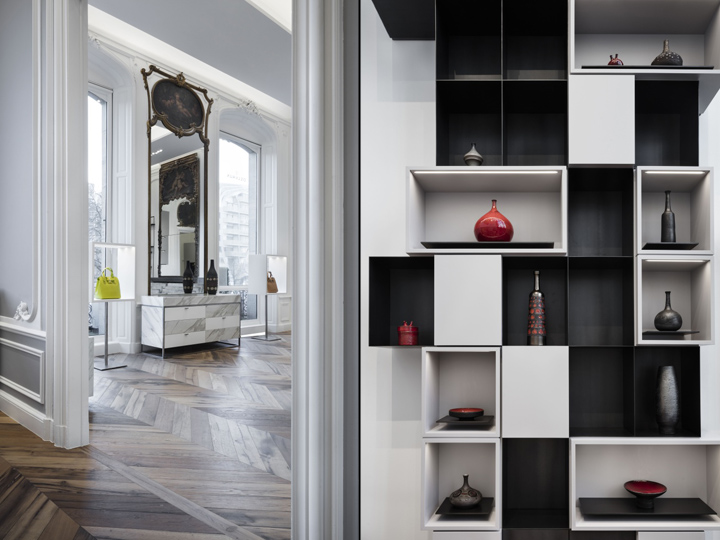
Not just design. Between the ground and the first floor what appears to be a collection of ancient paintings turns out to be a series of photographs, archival pigment prints by the Argentine artist Romina Ressia in which her post-neo-Flemish portraits are combined with daily artifacts and kitsch. Yet another brilliant twist and playful illusion. A collection of twentieth-century Belgian pottery appears here and there on a wall, stacked high, embodying the fantastic, endless creative momentum of Belgian artists. Le 27 ingeniously brings together a number of pieces, of exemplary striking form and deep pigments. In ceramics as in leather goods, colour is the crowning glory.
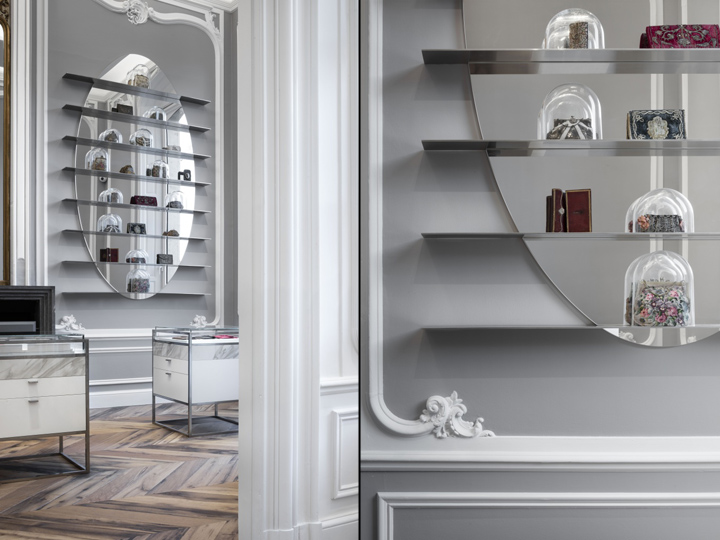
In “Le 27” the Maison’s bags and accessories engage with works of art and design that turn the boutique into a museumin constant evolution,ameeting placefor dialogue and discovery. Open to visitors, ideal for wandering around with its historical, contemporary and eclectic furnishings destined to change as new pieces are acquired, Le 27 is a deliberately original and decidedly unique environment. So unique that it will never be reproduced anywhere in the world.
Designed by Vudafieri-Saverino Partners
Photography by Santi Caleca
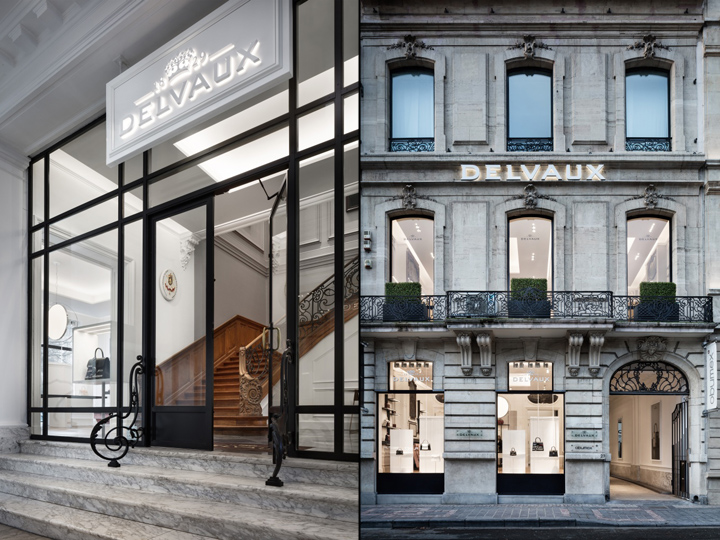









Add to collection
